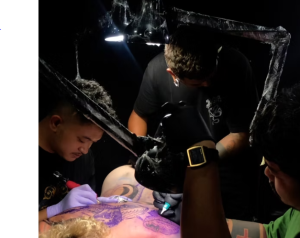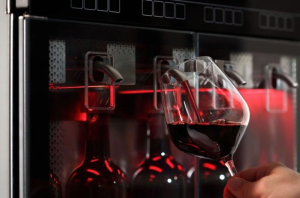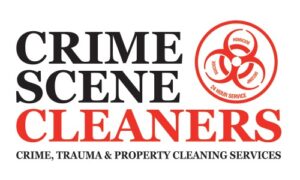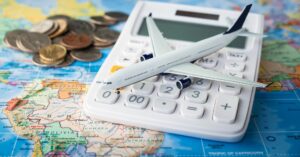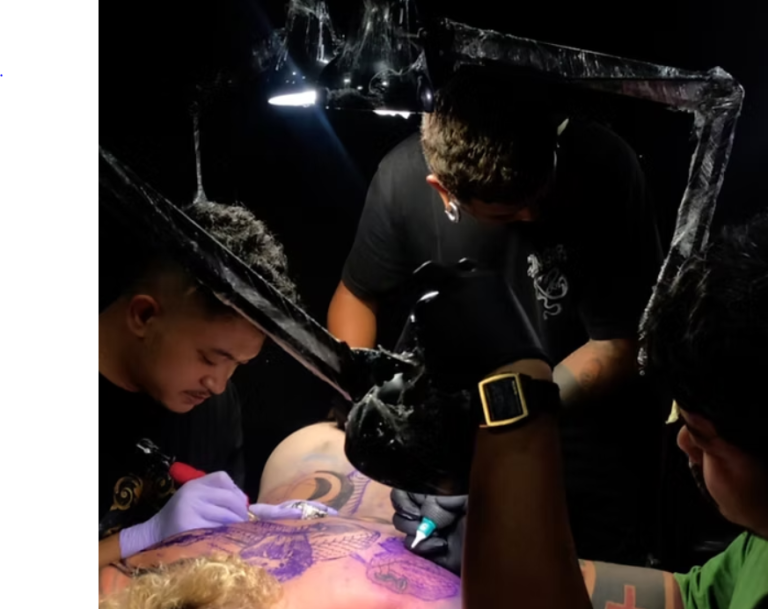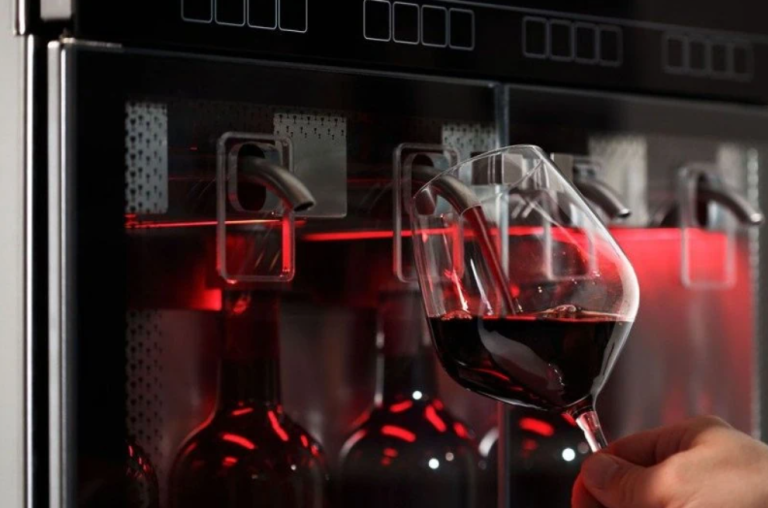Looking at history, one of the earliest recollections of a hospital was Harun Al-Rashid, built-in 805 CE by Harun Al-Rashid. But, things have changed massively and the healthcare sector has branched out into various industries. People often divide these into mental health, spiritual health, and physical health. Moreover, the industry has advanced on a global level, requiring the transfer of data to different regions. Life Science translation services are often used to efficiently transfer data.
There is a high demand for accurate and culturally appropriate translations for the healthcare industry. Especially because mistakes can result in fatal consequences and nuclear legal claims. It is also very common for patients to travel for treatments and for that, they use medical interpretation services. This is when a person does word-to-word translations for the doctor and patient encounters. As of recently AI has taken some chunk of the market and people have begun utilizing it for translations.
Why is AI for Medical Translations a Bad Idea
However, AI is prone to hallucinations and is unable to understand context. This has, can, and will continue to cause problems. In its current state, AI is not exactly Jarvis from IronMan. Even though it may sound like it at times, that is far from the case. Language barriers in healthcare are far from being fixed with AI.
It can be very dangerous not to cross-reference language translations in the medical industry because:
- AI is focused on word-to-word translations not context, which means potentially receiving the wrong prescription or instructions. On more dangerous terms it can also completely misinterpret the entire diagnostic. For example, Vicks, a cough medicine, translates to something very sexual in German. Poor translations can result in fatal or embarrassing consequences.
- AI languages train on live information data, and AI cannot conceal the accuracy of the source from which it derives information. This can, once more, result in the unintended spread of misinformation.
- While not common, AI has been known to hallucinate and furnish data that had never previously existed.
- AI primarily undergoes training in the English language, and translations of less common languages lack sufficient data for accuracy. The less common the language, the more issues you will encounter.
- The medical field contains complex terminologies and statements. That only a software majorly trained in the medical field may understand. These are currently virtually non-existent on a commercial level
For now, it is best to stick with the hybrid approach where AI and humans can work together to give the final output. AI can help save time, while humans can ensure accuracy.
How to Ensure Accuracy of HealthCare Translations?
There are certain metrics that one must look for to ensure accurate medical and health translations. First, the person who does the translations must have a good grasp of the target language and the sample languages. The ideal candidate would have a history of either working or teaching in the healthcare sector. However, the more relevant the experience the better the job that person may be able to do.
Before publications are made, the final output can be read by a test group. Ideally, they can also speak both languages and their feedback should be taken into account. The final translated version would reflect accuracy.
Here are some considerations to further help the cause:
Hire Multilingual Staff Members
Diversity is also great for promoting equal ethnic opportunities. Moreover, they can come in handy as test groups. And they can also ensure interpretation for clientele. They will also be able to gain the trust of clients that speak their language.
Provide Cultural Training in Offices
Educating your staff members about different religions, cultures, and beliefs can help them better communicate with patients from diverse backgrounds. Helping your clients be more comfortable with communicating with staff members
Partner with a Translation Company
There are many companies around the world offering accurate translations. They have ISO certifications and experience working in diverse fields. A good translation company will be able to translate into more than 100 languages. They are likely to have a global staff and can offer a variety of services. Moreover, the way they handle your query will also allow you to learn a lot about them.
Keep Translated Education Materials
These materials can include brochures, videos, images, and more. Even if you are unable to completely get your point across because of communication barriers. These materials will help you in treating patients more efficiently.
Conclusion
We are not that far from technology taking a more active role in translating medical language with ease. There may come a time when language barriers are eliminated from existence. But until that time arrives, we must make the most of both human translators and provide them with technology to do the job more efficiently. The healthcare sector is ever growing and more sub-industries may continue to emerge. Translating that information is always imperative for the global development of the medical field.
